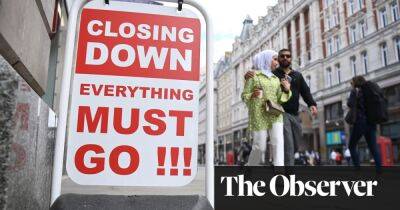A day in the life of (almost) every vending machine in the world
A minute before midnight on 21 July 2021, as passengers staggered sleepily through Manchester airport, I stood wringing my hands in the glow of a vending machine that was seven feet tall, conspicuously branded with the name of its owner – BRODERICK – and positioned like a clever trap between arrivals and the taxi rank. Standard agonies. Sweet or savoury? Liquid or something to munch? I opted for Doritos, keying in a three-digit code and touching my card to the reader so that the packet moved jerkily forwards, propelled by a churning plastic spiral and tipped into the well of the machine. My Doritos landed with a thwap, a sound that always brings relief to the vending enthusiast, because there hasn’t been a mechanical miscue. Judged by the clock, which now read 12am, it was the UK’s first vending-machine sale of the day.
Nine hours later, I was sitting in a spruce office in the Manchester suburb of Wythenshawe, drinking coffee with John “Johnny Brod” Broderick, the man who owned and operated that handsome airport machine. I’d had an idea to try to capture 24 hours in the life of vending machines. These weird, conspicuous objects! With their backs against the wall of everyday existence, they tempt out such a peculiar range of emotions, from relief to frustration, condescension to childish glee. For decades I’d been a steady and unquestioning patron. I figured that by spending some time in the closer company of the machines and their keepers, by immersing myself in their history, by looking to their future, I might get to the bottom of their enduring appeal. What made entrepreneurs from the Victorian age onwards want to hawk their goods in this way? What made generations of us buy? Johnny Brod seemed a good first person to
Read more on theguardian.com
















![Here’s how Avalanche [AVAX] is responding to a slew of good developmental news](https://finance-news.co/storage/thumbs_400/img/2022/5/14/25646_zxju.jpg)
